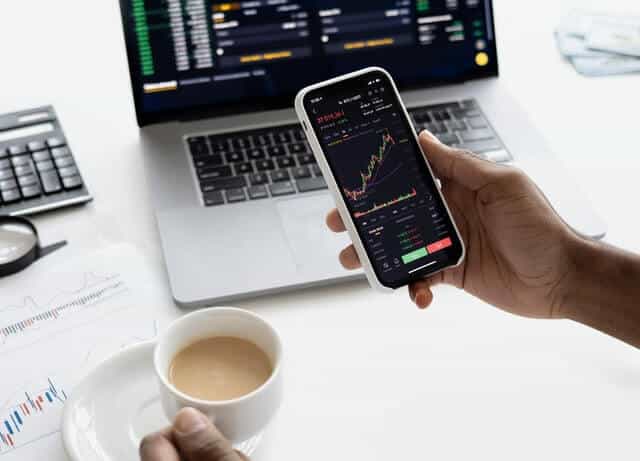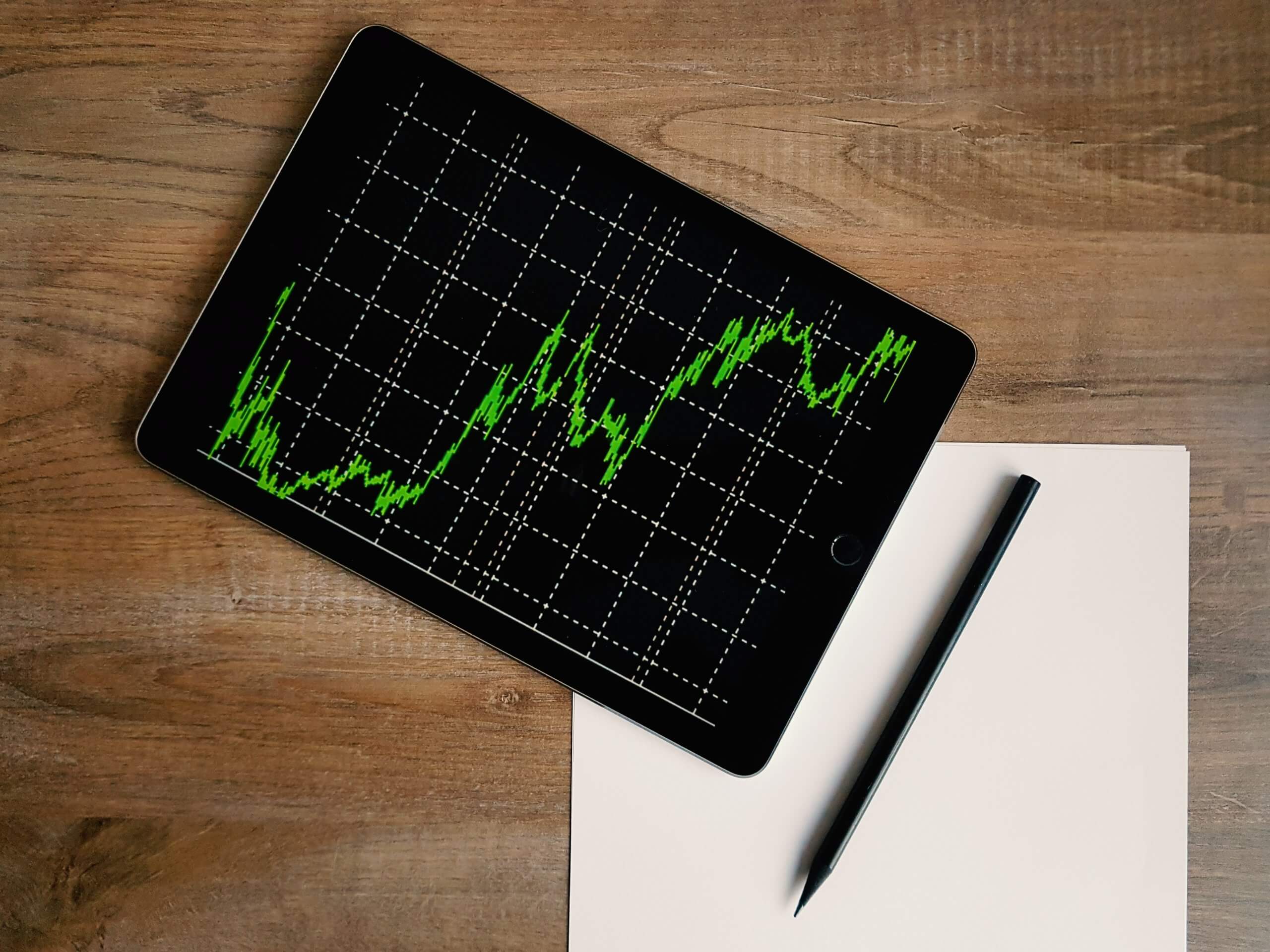If you are a cryptocurrency investor, it is certainly important to know about risk management. This is a very important thing that would help you decide whether an investment is worth the risk or not.
In this guide, we will share with you all you need to know about risk management for cryptocurrency trading. You will learn how to do your risk analysis and make decisions based on these results. Moreover, you will learn how to use the risk-reward
Disclaimer: this post should not be considered investment advice. This is only for educational purposes only. Never invest more than what you are able to lose and always ask for information to your professional financial advisors. We are not financial advisors.
What is Risk Management?
Risk management is a basic analysis technique that will allow you to assess the risk of trading in the cryptocurrency market. Although we are focusing on cryptocurrencies, this can be applied to other markets and decisions.
With risk management, we understand how large could our positions be and which are the losses we are also able to handle. When we trade, the larger the position, the larger the risk. If we trade with smaller amounts of funds, the lower the potential reward you will also have.
This is where the risk-reward ratio enters into place. With the risk-reward ratio, we are able to better visualize whether a position is too risky or not. Moreover, you should also take into consideration opening smaller trades with lower amounts rather than one large big trade.
Risk tolerance would help you understand whether trades are too risky or not. With the risk-reward ratio, you will get all the necessary information to know the reward you are expecting to receive compared to the risk you are taking in this position.
What is the Risk-Reward Ratio?
The risk-reward ratio allows users to measure the potential profits / earnings for every single dollar they are risking. In general, users trade with a 1:2 risk ratio, while others prefer to use a 1:3 ratio. We will explain what this ratio means in the next paragraphs.
The 1:2 or 1:3 ratio represent the dollars (or trading units) you are willing to lose to earn others. In these two examples, you are willing to lose 1 dollar (or trading units such as stocks) to earn 2 or 3 dollars (or trading units), depending on the example.
The risk-reward ratio is also going to be calculated taking into consideration the stop-loss placements you make.
If you are buying Bitcoin (BTC) at $10,000 and you expect it to move to $12,000 and you use a stop-loss of $9,000, then you are willing to lose $1,000 to earn $2,000. This is a clear example of 1:2 ratio. If instead, you expect to earn $3,000 with the same stop-loss, then your risk-reward ratio moved to 1:3.
As you see, you need to divide your risk by your reward. If you have a stop loss of $500 and a reward of $500, then your risk-reward ratio is going to be simply 1:1. That means that this could be a risky position.
Basically, in the 1:1 example, you are risking too much to earn too little. The larger the reward and the lower the risk would make you a more conservative trader. That means that your trades will have a high reward-to-risk ratio.
Of course, if you say that Bitcoin will go to $1,000,000 and you use unrealistic values, then you will have a very low risk-reward ratio. However, the goal is to use realistic targets based on indicators and plausible trading levels. This will help us have more detailed information about the positions we can open.
The risk-reward ratio can be applied to a wide range of trades and things and not only to Bitcoin. You can also apply this for the stock market of when you trade Forex. If you are using cryptocurrency trading signals, then this could be a great way for you to handle your investments.
You will understand whether some positions are too risky for you or if they have a risk-to-reward ratio that is acceptable to your risk tolerance. Trading signals are always sharing with you the stop-loss information for the trades, and AltSignals will make sure that you have all the necessary data to trade in the market.
Take into consideration that understanding the risk-reward ratio would not immediately translate your trade into profits. But it can very helpful you to manage the risk, reduce your exposure to bad trades and help you improve your trading skills.





















